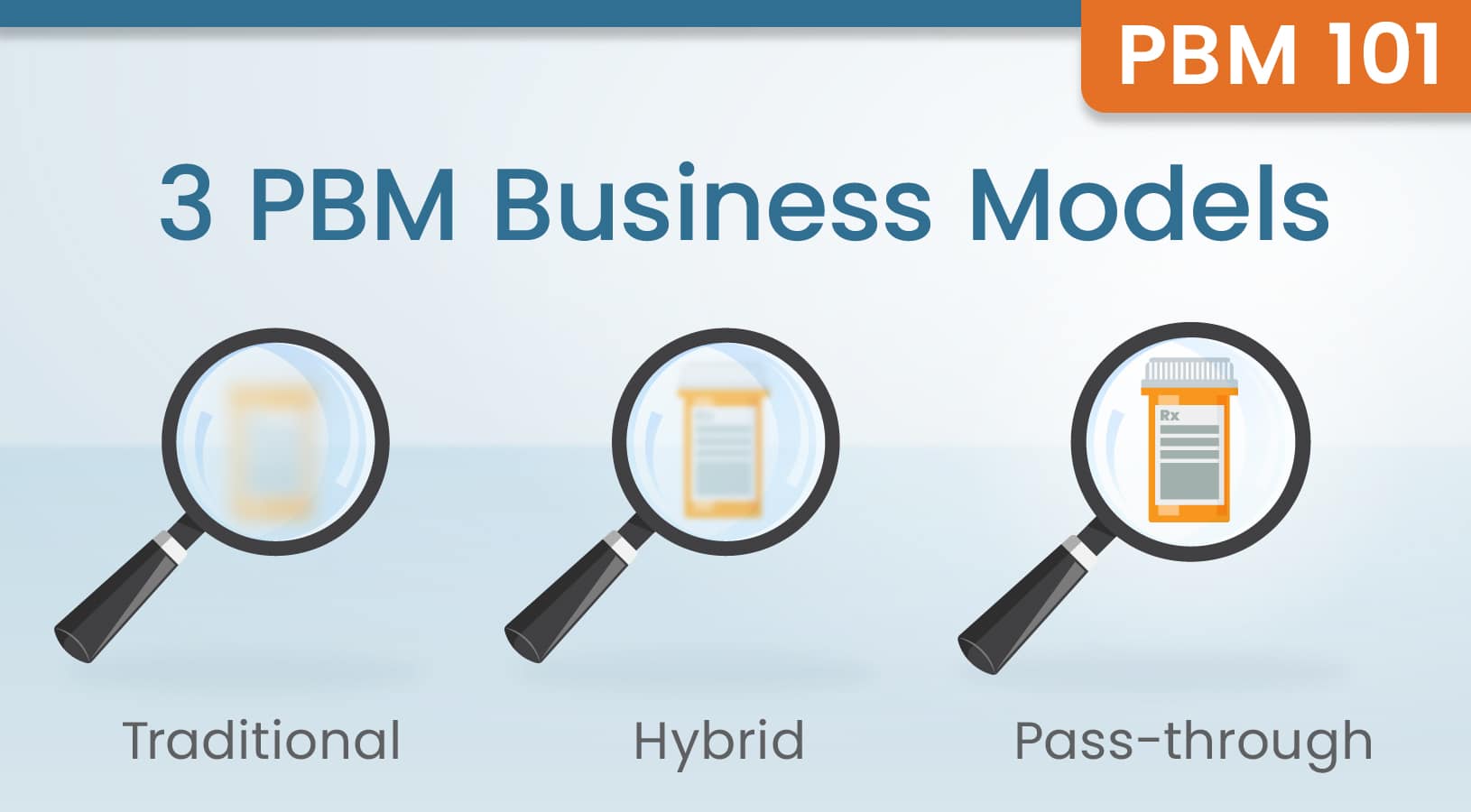Why Reform in Our Industry Is Needed Now More Than Ever
In the wake of the class action brought against Johnson & Johnson (J&J), alleging breach of fiduciary duties, the pharmacy benefit management (PBM) industry faces heightened calls for transparency, pass-through pricing models and robust evidence of diligent compliance.
Along with the J&J lawsuit, PBMs continue to face increased scrutiny by the Federal Trade Commission (FTC) and the United States Committee on Oversight and Accountability. The FTC published an interim report July 9, detailing actions it claims large PBMs, especially those known as the Big Three, have taken to pad their profits. The resulting impacts included increased pharmacy costs to plan sponsors and health plans as well as detrimental effects to independent pharmacies and healthcare consumers.
Specific to pharmacies, the interim report1 summarized an assessment that, “The proliferation of complex and opaque contract terms and adjustments has increased uncertainty in pharmacy reimbursements, which can make it difficult for smaller pharmacies to manage basic business operations. For instance, the rates in PBM contracts with independent pharmacies often do not clearly reflect the amount the pharmacy will ultimately be paid.”
The report encouraged specific urgency and further investigation into the role and influence of pharmacy benefit managers. This landscape of vertically-integrated PBMs and increased examination of their practices requires a disciplined approach by consultants and plan sponsors when selecting potential service vendors.
“At Navitus, we applaud the FTC for shining a spotlight on this issue and stand in opposition to the backroom negotiations between drug companies and the Big Three where high prices result in large rebates that the PBMs use to satisfy their profit machines,” said David Fields, CEO of Navitus Health Solutions.
Calls for Reform
The Employee Retirement Income Security Act of 1974 (ERISA) is a federal law that regulates private-sector employee benefit plans. ERISA plan sponsors, as fiduciaries, are responsible for following certain standards when operating and administering their plans. Duties include:
- Monitoring fees and costs of service providers
- Acting solely in the interest of plan participants when making fiduciary decisions
- Performing with care, skill, prudence and diligence
While ERISA regulates the duties of plan sponsors, it is also noteworthy that it applies a standard of conduct – not outcome. When PBMs operate in a vacuum as the FTC report alleges, drawing out financial gain while operating within a collective veil of opacity, plan sponsors are at risk of injuring their fiduciary roles.
In a recent webinar, Perspectives on Fiduciary Responsibility and Risk – A Panel Discussion with Navitus, a panel of industry experts discussed how benefit consultants and plan sponsors were reacting to the J&J lawsuit, the FTC interim report and other dynamics and activity within the industry.
Robyn Crosson, VP, Government Relations at Navitus, provided insight on the legislative landscape and an intensifying call for data transparency as a first step in mitigating risk. “We are seeing an increased requirement, at a minimum, to provide the data to the actual plan sponsor so they can see where their money is going.”
There was also broad recognition in the conversation of a renewed focus on:
- Disciplined vendor assessment and selection processes
- Assurance that contracts are clear, and compliance is evident at every turn
- Transparency of all costs
This would enable benefit decision-makers to evaluate vendors that meet duties of prudence. Without unencumbered access to clear data and audits at the claim level, decisions are muddled at best.
A Proven Model to Manage Cost and Mitigate Risk
Navitus has long recognized the negative impact of a traditional spread-based PBM model. Our PBM was founded as an alternative option, innovating a fully transparent, pass-through structure. In addition, we remain committed to a lowest net cost formulary philosophy. This mitigates the risks inherent to rebate-driven approaches and empowers our clients to understand the cost and value of their benefit and optimize them.
We charge a flat administration fee, and we don’t take spread, passing 100% of rebates back to clients. Lumicera®, our wholly-owned subsidiary, is the only true cost-plus specialty pharmacy. Where other pharmacies create significant margin within this category, applying a percentage-based fee on already expensive drug costs, Lumicera charges actual acquisition cost, plus a flat patient management fee that reflects the high-touch service model for patients managing complex specialty conditions. This enables positive outcomes for both plan sponsors and patients alike.
Driving Change by Putting People First
For over twenty years, Navitus has stood by its foundational principle of transparency and a commitment to making medications more affordable for the people who need them. This clarity empowers the people we serve to achieve their goals in an otherwise murky industry.
We recognize that reform in the industry is urgently needed, and we welcome opportunities to demonstrate how our model empowers both benefit decision-makers and consultant partners. By going against the norm, we deliver access to data that fuels better decisions.
[1] Pharmacy Benefit Managers: The Powerful Middlemen Inflating Drug Costs and Squeezing Main Street Pharmacies Interim Staff Report.; 2024. https://www.ftc.gov/system/files/ftc_gov/pdf/pharmacy-benefit-managers-staff-report.pdf
Stay Informed and Connected
Receive expert insights, healthcare tips, and important updates on pharmacy benefits, drug recalls, and more—straight to your inbox.
Navigating with a trusted partner
Now Available: 9th Annual Drug Trend Report
Our Drug Trend Report provides a clear view of the trends shaping pharmacy benefits today, along with strategies that are delivering real savings without compromising care.








